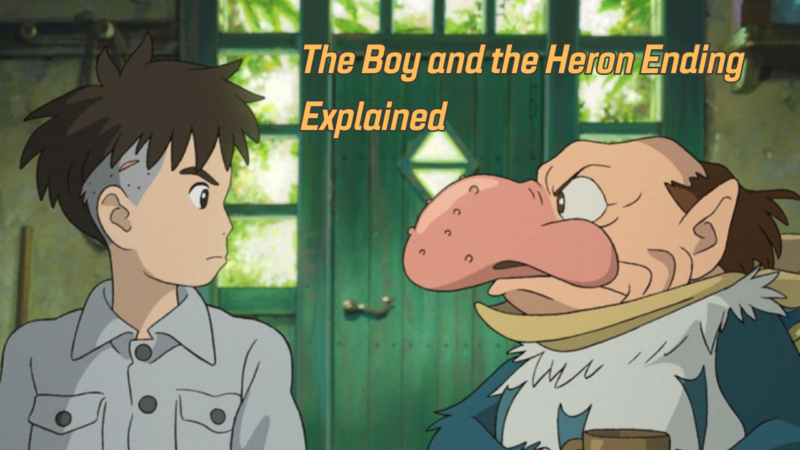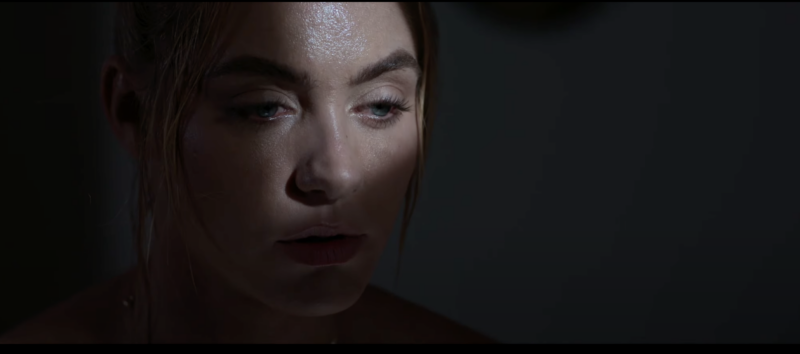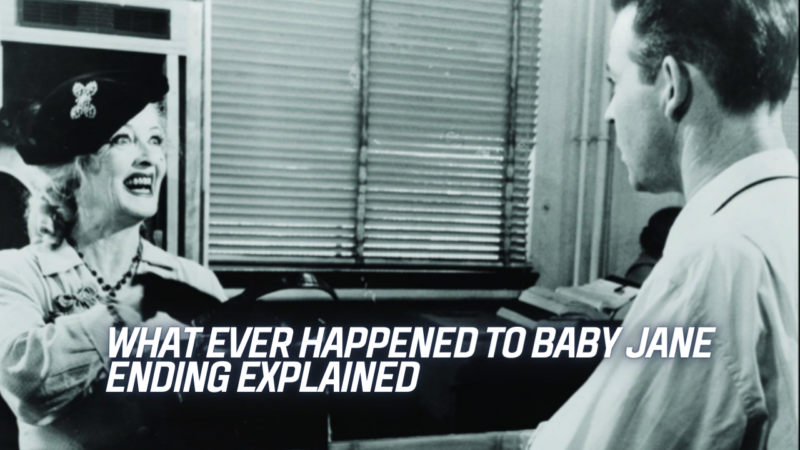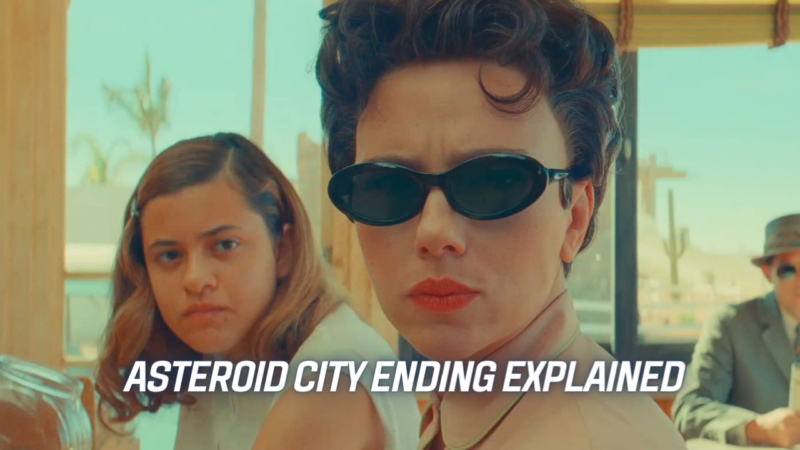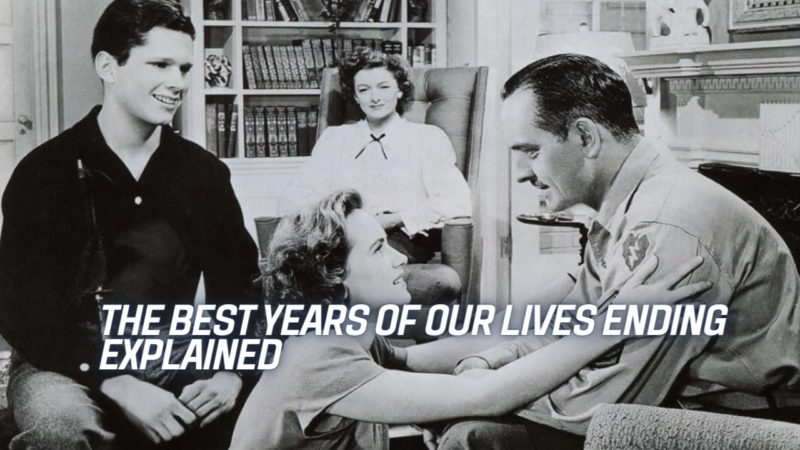Mommy Ending Explained: A Deep Dive into Xavier Dolan’s Masterpiece
Xavier Dolan’s film “Mommy” is a thought-provoking and emotionally charged exploration of the complexities of motherhood, mental illness, and the bonds that tie us together. Released in 2014, this Canadian drama has garnered critical acclaim for its raw performances, innovative storytelling techniques, and its ambiguous ending. In this article, we will delve into the ending of “Mommy” and attempt to unravel its deeper meaning.
The film revolves around the tumultuous relationship between Diane “Die” Després (played by Anne Dorval) and her troubled teenage son Steve (played by Antoine-Olivier Pilon). Diane is a widowed single mother struggling to provide for her son while dealing with his unpredictable behavior due to his attention deficit hyperactivity disorder (ADHD). Their lives take an unexpected turn when they meet Kyla (played by Suzanne Clément), a neighbor who becomes an integral part of their unconventional family dynamic.
Throughout the film, Dolan uses a unique aspect ratio, a square-shaped frame, which gives an intense sense of closeness and intimacy. This choice reflects the suffocating nature of the characters’ lives and their emotional entanglement. The cinematography further enhances the audience’s immersion in their world.
As we approach the climax of the film, tensions rise between Diane and Steve as their relationship becomes increasingly strained. Steve’s aggressive behavior escalates to a point where Diane feels she has no choice but to send him to a specialized institution for troubled youths. This decision marks a turning point in their story and sets up the emotional rollercoaster that awaits us in the final act.
In the closing scenes of “Mommy,” Dolan presents us with two alternate endings. The first ending shows Diane visiting Steve at the institution after some time has passed. They engage in a heartfelt conversation through a glass window, signifying the physical and emotional barrier that separates them. This ending leaves us with a glimmer of hope, suggesting that their bond may still be salvageable despite the challenges they face.
The second ending, however, takes a more ambiguous and emotionally devastating approach. In this version, Diane picks up Steve from the institution against medical advice and takes him home. The film concludes with a slow-motion sequence of Diane and Steve dancing joyfully in their backyard, momentarily free from the burdens that have plagued them throughout the narrative. This ending leaves us with conflicting emotions – a mix of happiness for their fleeting moment of freedom and concern for what lies ahead.
Dolan intentionally leaves the ending open to interpretation, allowing viewers to draw their own conclusions about the characters’ fates. Some may argue that Diane’s decision to take Steve home signifies her unconditional love for him, while others may see it as an act of desperation or denial of his condition. The beauty of “Mommy” lies in its ability to evoke such diverse reactions and spark discussions about the complexities of motherhood and mental health.
In essence, “Mommy” is not a film that provides easy answers or neatly tied endings. It is a deeply human exploration of flawed characters navigating through life’s challenges. Dolan’s masterful direction and the exceptional performances by the cast elevate this film into a cinematic masterpiece.
Whether you interpret the ending as a glimmer of hope or a tragic realization, one thing is certain – “Mommy” will leave an indelible mark on your soul. It is a testament to the power of cinema to provoke thought, elicit emotions, and challenge our perceptions.
So, take some time to watch “Mommy” and immerse yourself in its world. Reflect on its ending and engage in conversations about its deeper meaning. You may find that this film touches you in ways you never expected and leaves you pondering long after the credits roll.


